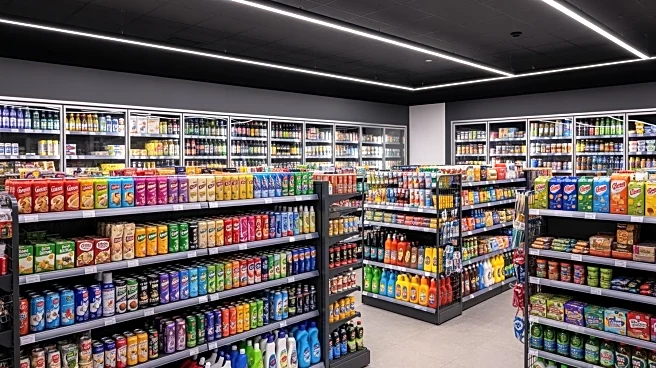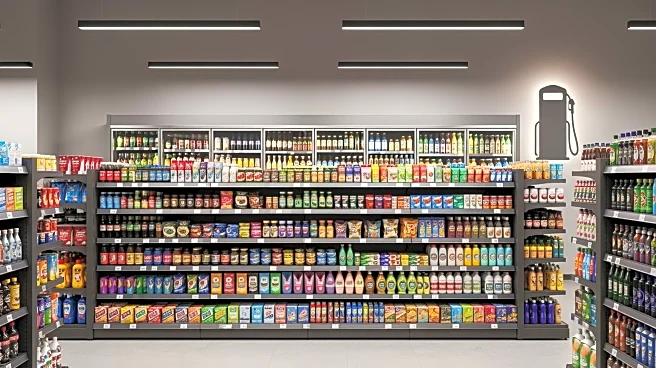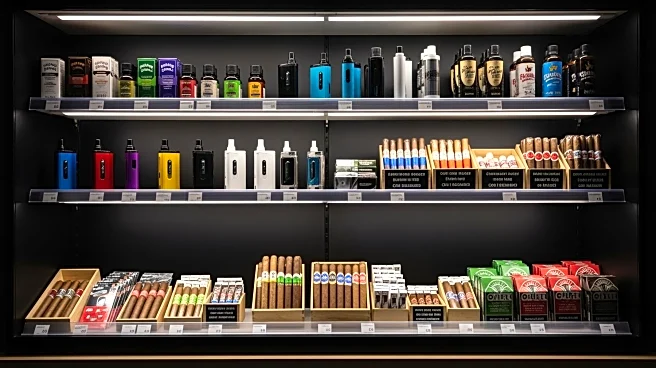What's Happening?
The National Association of Convenience Stores (NACS) has highlighted the need for convenience stores to diversify their revenue streams as fuel sales decline. At the 2025 NACS Show in Chicago, Chris Rapanick,
managing director of research at NACS, emphasized the importance of improving internal business operations to offset the decreasing demand for fuel. In 2024, convenience stores, which account for approximately 80% of fuel sales in the U.S., experienced a 5.7% drop in fuel revenue, totaling $501.9 billion. This decline was attributed to a 6.5% decrease in average gas prices. Rapanick suggested that stores could enhance profitability by expanding into foodservice or adding car wash services, which could include subscription programs. He also noted that packaged beverages and other tobacco products (OTP) are currently outperforming inflation, offering potential growth areas for stores.
Why It's Important?
The decline in fuel sales presents a significant challenge for convenience stores, which have traditionally relied heavily on fuel as a primary revenue source. As fuel prices and demand decrease, these stores must find alternative ways to maintain profitability. Diversifying into areas like foodservice and car washes could provide new revenue streams and help stabilize financial performance. The focus on packaged beverages and OTP as growth areas suggests a shift in consumer preferences, which stores can capitalize on to boost sales. Additionally, managing operational expenses and reducing employee turnover are critical strategies for maintaining profitability in a changing market landscape.
What's Next?
Convenience stores are likely to explore various diversification strategies to mitigate the impact of declining fuel sales. This may include investing in foodservice operations, expanding car wash services, and enhancing product offerings in high-growth categories like packaged beverages and OTP. Retailers will also need to focus on cost management, particularly in areas like wages, benefits, and operational expenses, to improve profitability. As the industry adapts, stores may also leverage data from NACS to benchmark their performance against peers and identify areas for improvement.













